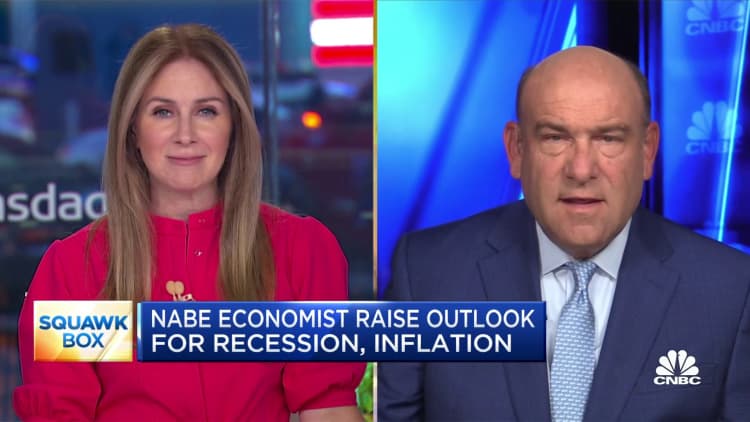Roth individual retirement account conversions may be alluring when the stock market dips. But it's easy to make mistakes, financial experts say.
The strategy, which transfers pre-tax IRA funds to a Roth IRA for future tax-free growth, may pay off when the market drops because you can buy more shares for the same dollar amount.
There's also the chance for tax savings, depending on how much you transfer.
"Doing a Roth conversion while the market is down is a great idea since more shares can be converted for the same tax payment, but there are some potential pitfalls," said Matt Stephens, a certified financial planner with AdvicePoint in Wilmington, North Carolina.
Here are three of the biggest Roth conversion errors — and the best ways to avoid them.
1. Failing to consider the 'big picture'
While it's easy to make impulsive money decisions, experts say it's critical to assess your long-term goals before deciding on a Roth conversion.
"It's essentially a prepayment of tax," explained CFP and CPA Marianela Collado, CEO of Tobias Financial Advisors in Plantation, Florida.
You'll need to compare the break-even point of the upfront levy on pre-tax contributions and earnings to future tax-free growth, she said.
But even if the tax-free growth won't exceed the upfront costs during your lifetime, a Roth conversion can still be used as a "wealth transfer tool," Collado said. Of course, this assumes there are heirs to enjoy the future tax savings.
2. Not knowing the 'pro-rata rule'
"The one mistake that seems to be the most common is people not being aware of the pro-rata rule," which factors your total pre-tax and after-tax contributions across accounts, said Ashton Lawrence, a CFP with Goldfinch Wealth Management in Greenville, South Carolina.
Here's how it works: Let's say you have $1 million in combined funds from a few IRAs, and 5% of the balance, or $50,000 of the $1 million, is after-tax contributions. This means 5% of any distribution from those IRAs would be non-taxable and the remaining 95% is taxable, Lawrence said.
If you used $30,000 for a Roth conversion, you may assume there won't be a tax bill, since $50,000 of the funds are after-tax dollars, he said. However, only $1,500, or 5% of the conversion, will be non-taxable, making 95% or $28,500 taxable, Lawrence said.

3. Ignoring the full tax consequences
While it's important to plan for the upfront tax bill, there are other possible consequences to consider, according to Stephens with AdvicePoint.
"Converting too much in a single year can push your income into a higher marginal tax bracket," he said. "For most investors, it's better to do partial conversions over many years, especially if you can remain in the lower brackets."
Retirees need to know how the conversion will affect adjusted gross income, which may trigger higher future Medicare Part B and Part D premiums for a year, Stephens said.
"This is particularly costly for married couples since both will have higher payments," he added.





